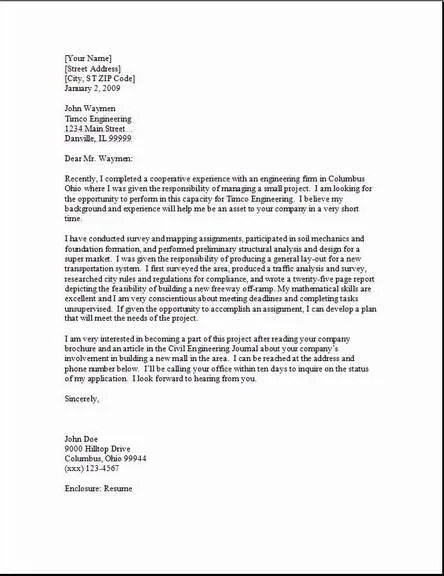What is a Cover Letter
A cover letter serves as your introduction to a potential employer. It’s a concise document accompanying your resume, providing context to your application. More than just a formality, a well-crafted cover letter highlights your relevant skills, experience, and enthusiasm for the specific job. It allows you to personalize your application, showcasing your understanding of the company and your genuine interest in the position. A strong cover letter can significantly increase your chances of securing an interview by making a compelling first impression and setting you apart from other applicants. It is your opportunity to make a strong first impression and demonstrate why you are the perfect fit for the role. Remember, it’s about telling a story and showcasing your value.
Why Cover Letters Matter
In today’s competitive job market, a cover letter is essential because it provides an opportunity to go beyond the limitations of your resume. It allows you to explain gaps in your employment history, highlight specific accomplishments, and demonstrate how your skills align with the job requirements. A well-written cover letter shows your attention to detail, writing skills, and genuine interest in the company. It’s a chance to showcase your personality and enthusiasm, making you more than just a list of qualifications. Many employers see the cover letter as a crucial screening tool, using it to gauge your communication skills, personality, and overall fit for the company culture. Ignoring this could significantly harm your chances of getting your foot in the door.
Cover Letter Structure Basics
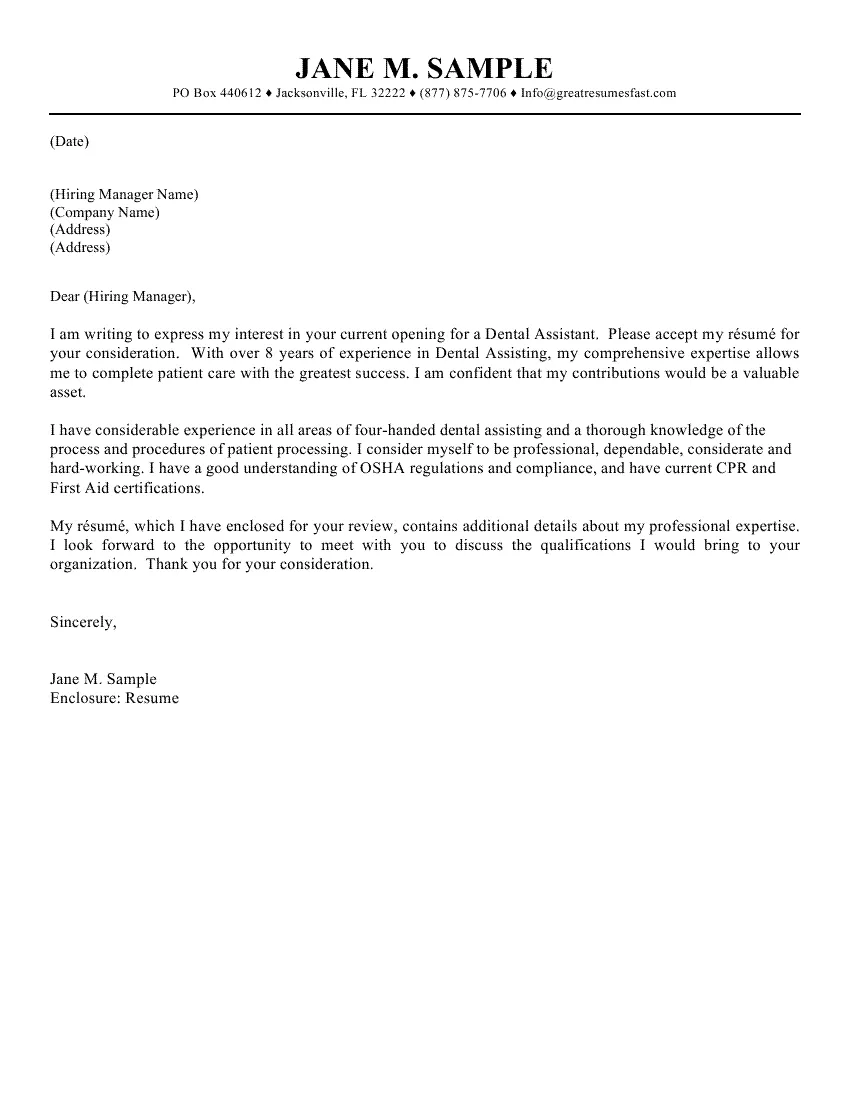
A well-structured cover letter is easy to read and effectively conveys your message. The standard structure includes a header, greeting, body paragraphs, and a closing. Each section has a specific purpose, working together to create a cohesive narrative about your qualifications and interest in the job. Using a professional and clear format helps present a positive image and show your organizational skills. A well-organized cover letter makes a great impression on potential employers. Remember, consistency in formatting is key to maintaining a polished and professional appearance throughout the document.
Header Information
The header of your cover letter should include your contact information the same as on your resume, such as your name, phone number, email address, and LinkedIn profile URL. Also, include the date, and the employer’s contact information including the hiring manager’s name and title. This information ensures the employer can easily reach you and demonstrates your attention to detail and professionalism. Ensure all the provided information is current and accurate and that you are using a professional email address. Double-checking the details in the header is very important before you send your application.
Greeting
Address the hiring manager or the appropriate person by name whenever possible. Using a specific name shows that you have done your research and that you are genuinely interested in the position. If you cannot find a name, use a professional greeting like ‘Dear Hiring Manager’. Avoid generic greetings like ‘To Whom It May Concern’ since they are impersonal. Personalizing the greeting sets a positive tone and makes a better impression from the start. It shows that you have taken the time to research the company and its hiring process.
Body Paragraphs

The body paragraphs are the core of your cover letter. These paragraphs should highlight your key skills and experiences relevant to the job requirements. Begin by stating the position you are applying for and how you found the job. Next, explain why you are a good fit, providing specific examples from your past experiences to showcase your accomplishments and skills. Tailor each paragraph to the specific job, emphasizing the aspects of your skills that align best with the role. The aim is to create a persuasive and compelling case for your candidacy, demonstrating how your experience and qualifications make you an ideal candidate. Be concise, use strong action verbs, and quantify your accomplishments whenever possible to make a lasting impact.
Closing
The closing of your cover letter should summarize your interest in the position and include a call to action. Thank the employer for their time and consideration, and reiterate your enthusiasm for the opportunity. State your availability for an interview and clearly indicate how they can contact you. Proofread the closing to ensure it maintains a professional tone and conveys your eagerness to move forward in the hiring process. A strong closing leaves a positive final impression and encourages the employer to contact you.
Top 5 Cover Letter Samples
Sample 1 The Enthusiastic Approach
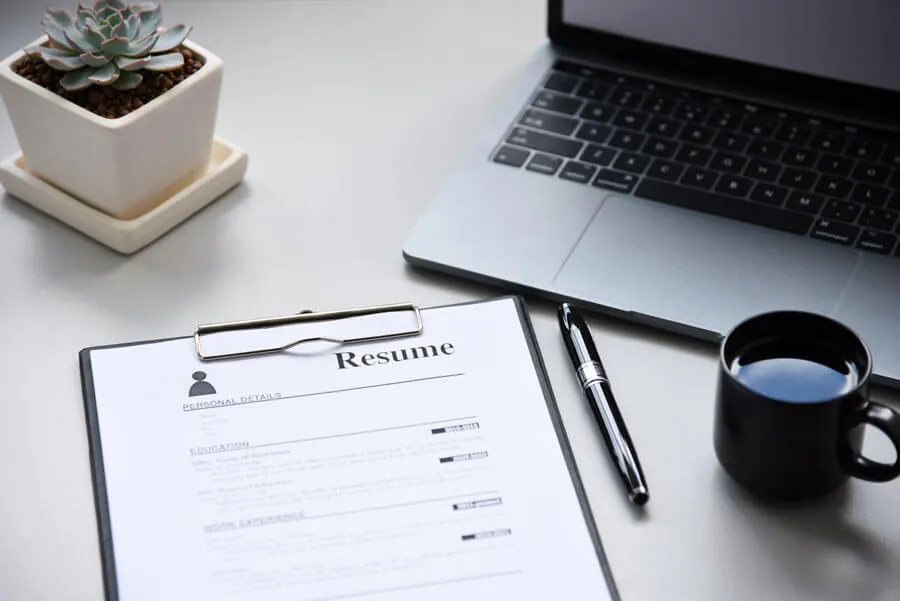
This cover letter style focuses on showcasing your passion and excitement for the role and the company. It’s an excellent approach when you genuinely feel enthusiastic about the opportunity and want to convey that energy. Begin by expressing your excitement about the job and the company’s mission. Highlight how your skills and experiences align with the company’s values, and explain why you are a perfect match. Show your eagerness to learn and contribute to the team. This approach works well if you have done your research and are eager to discuss the company’s work and goals in the first paragraph. Make sure your enthusiasm feels genuine.
Key Elements
- Express genuine excitement and enthusiasm for the role and company
- Demonstrate knowledge of the company’s mission and values
- Highlight how your passion aligns with the job responsibilities
- Showcase your willingness to learn and contribute
Pros
- Creates a memorable first impression
- Conveys genuine interest and passion
- Highlights your personality and cultural fit
Cons
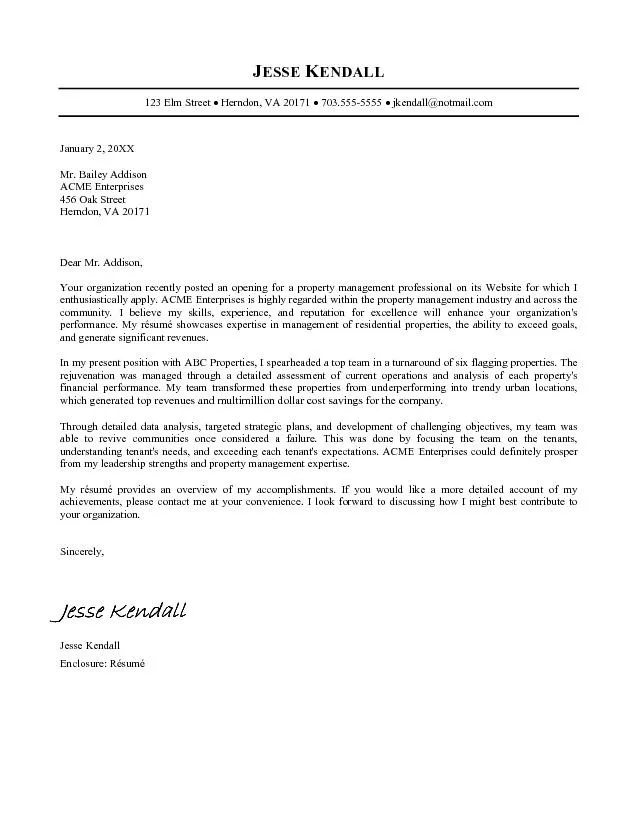
- Might seem overly enthusiastic if not handled professionally
- Can be less effective if your enthusiasm feels forced
Sample 2 The Achievement-Focused Cover Letter
This cover letter emphasizes your accomplishments and quantifiable results. This is ideal when you can provide concrete examples of your successes and how you have made an impact in previous roles. Start by stating the specific achievements and how you have improved things in previous work. Use numbers and data to support your claims, showing the value you brought to previous employers. Link your achievements to the job requirements and explain how your successes would translate to the new position. Ensure that your achievements highlight the skills and experiences the employer seeks. Keep it concise, focusing on high-impact accomplishments that demonstrate your capabilities.
Key Elements
- Focuses on quantifiable achievements and results
- Uses numbers and data to demonstrate impact
- Links achievements to the job requirements
- Highlights specific accomplishments
Pros
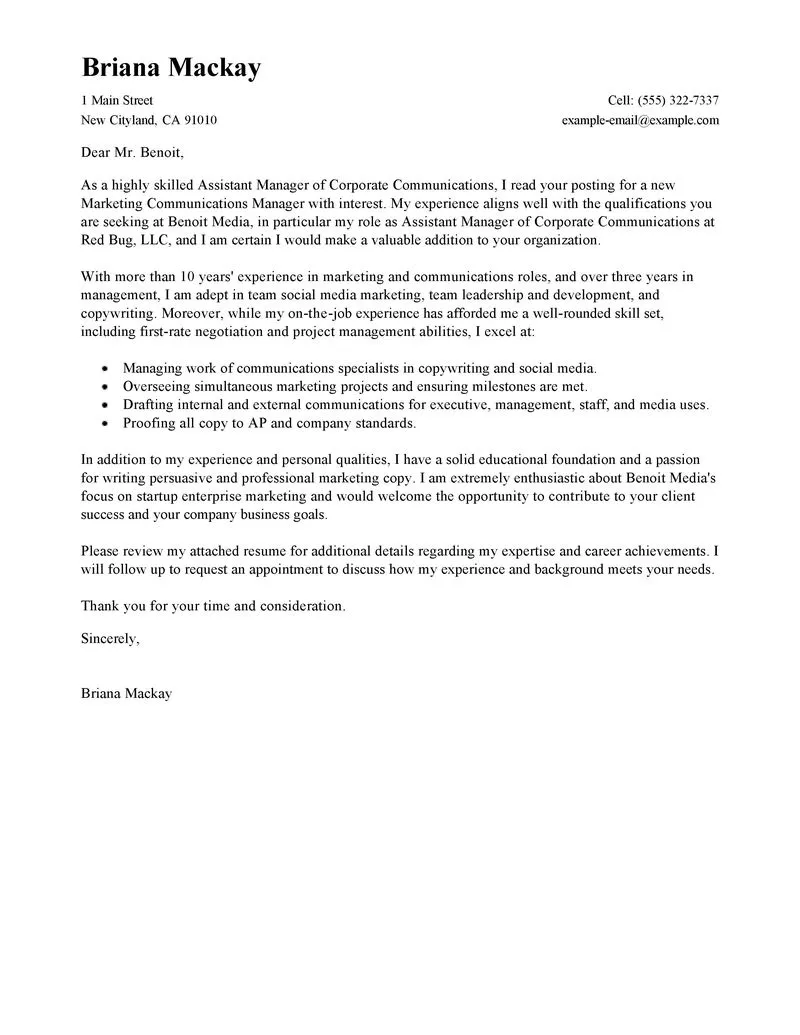
- Provides concrete evidence of your abilities
- Showcases your value to the employer
- Demonstrates your ability to achieve results
Cons
- Might appear boastful if not balanced with other qualities
- Requires having quantifiable achievements to showcase
Sample 3 The Skills-Based Cover Letter
This cover letter highlights your specific skills and how they align with the job requirements. This is great when you are changing careers or when your previous roles might not clearly reflect the skills the employer is looking for. Begin by identifying the key skills the job description emphasizes. Then, provide examples from your past experiences that demonstrate your proficiency in those skills. This is a good opportunity to show how transferable your skills are. Make sure the skills align with the requirements. The focus is on showcasing the practical abilities that will enable you to perform well in the new role. Tailor your skills to match the job description as closely as possible.
Key Elements
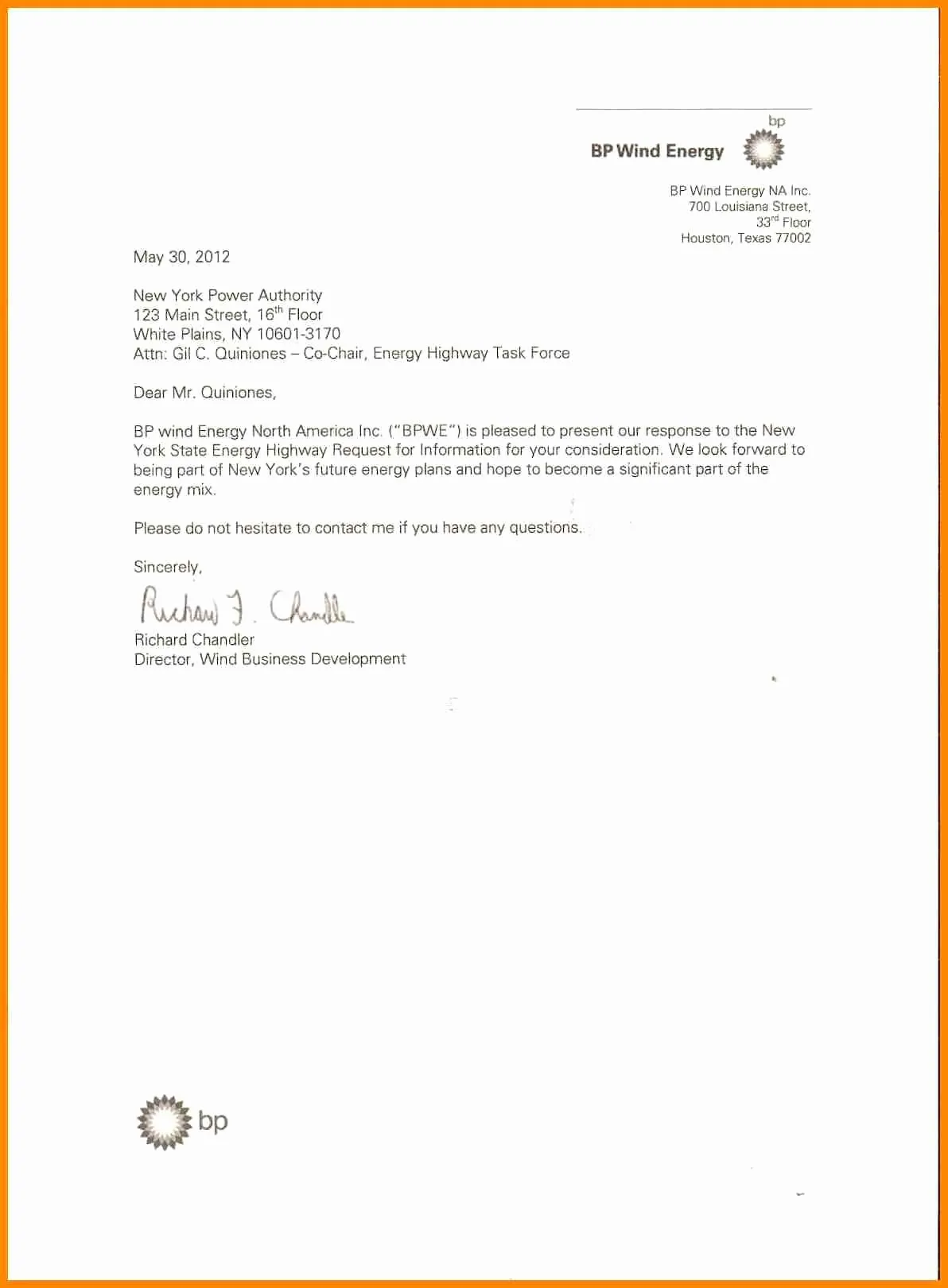
- Focuses on key skills relevant to the job requirements
- Provides examples from past experiences
- Highlights transferable skills
- Tailors skills to match the job description
Pros
- Emphasizes your capabilities and how they match the job
- Suitable for career changers or those with transferable skills
- Demonstrates a clear understanding of the job requirements
Cons
- Might appear generic if not tailored correctly
- Requires careful alignment of skills with the job description
Sample 4 The Networking Cover Letter
This cover letter utilizes your network or connections to get your application noticed. This approach is great when you have a contact within the company or when you’ve met someone at a networking event. Start by mentioning your contact and how you met them. Then, briefly state your interest in the role and why you are a great fit. Show how the recommendation from the contact influenced your decision. This helps make your application stand out and shows that you are well-connected and proactive. It leverages the credibility of your contact to make a strong impression. Make sure your contact is comfortable with you using their name and that they are well regarded in the company.
Key Elements
- Mentions a connection within the company
- Highlights how you learned about the opportunity through the contact
- Shows a personal recommendation
- Briefly states your interest and qualifications
Pros
- Provides an insider recommendation
- Increases the likelihood of your application getting noticed
- Demonstrates your networking abilities
Cons
- Relies on having a connection within the company
- Might appear less effective if the contact lacks credibility
Sample 5 The Concise Cover Letter
This cover letter is brief and to the point, ideal when you need to make a quick and efficient statement. This works well when the job description is very detailed or when you simply want to respect the hiring manager’s time. Focus on the key points from your resume, highlighting your relevant experience and skills. Make your letter easy to read, using concise language and avoiding unnecessary details. Include a clear call to action, such as inviting the reader to review your resume or offering to provide more details. The key is to convey your main qualifications and interest in the job without over-complicating your letter, especially with detailed job specifications.
Key Elements
- Brief and focused on key qualifications
- Uses concise language
- Highlights relevant experience and skills
- Includes a clear call to action
Pros
- Respects the hiring manager’s time
- Easy to read and understand
- Effective for jobs with specific requirements
Cons
- Might not provide enough detail
- Requires a careful selection of key information
Cover Letter Tips
Tailoring Your Cover Letter
Always tailor your cover letter to the specific job and company you’re applying to. Generic cover letters are easily identifiable and often discarded. Read the job description carefully and identify the key skills and qualifications that the employer is seeking. Then, highlight your relevant experiences and accomplishments to show how you meet those requirements. Tailoring involves adjusting your language, examples, and the focus of your cover letter to align with the company’s needs and values. This will ensure that your application is noticed and makes a lasting impact on the hiring manager. Show them that you did your research.
Keywords
Incorporate relevant keywords from the job description into your cover letter. Keywords are words or phrases that the employer uses to describe the skills, experience, and qualities they are looking for. Using keywords helps your application get noticed by Applicant Tracking Systems (ATS), which scan applications for these terms. Also, it shows the hiring manager that you have the skills that match the needs. Identify the most important keywords and incorporate them naturally throughout your cover letter. Avoid keyword stuffing, which can make your writing sound unnatural and hurt the impact of your application. Make sure the keywords are relevant to the role you are applying for.
Proofreading
Proofread your cover letter carefully before submitting it. Errors in grammar, spelling, and punctuation can make you look unprofessional and may lead to the dismissal of your application. Double-check your document for any mistakes. Read your cover letter out loud to catch any awkward phrasing or errors that you might miss when reading silently. Have a friend or family member review your cover letter for an additional perspective, and to catch any mistakes that you might miss. Proofreading is a crucial step in the application process. This helps ensure that your cover letter conveys your professionalism and attention to detail.
Call to Action
End your cover letter with a clear call to action, such as requesting an interview or offering to provide more information. State your enthusiasm for the opportunity and the company. Making it easy for the employer to take the next step increases the chances of getting a response. Also, reiterate your contact information, including your phone number and email address. The goal is to make it easy for the employer to reach out to you. You can invite them to contact you at their convenience, showing your availability and interest in the position. A strong call to action keeps the conversation moving forward.
Conclusion
A well-crafted cover letter is your chance to make a lasting impression and secure an interview. By following these samples and tips, you can create a cover letter that highlights your skills, experiences, and enthusiasm for the role. Focus on tailoring your letter to each job, using keywords, and proofreading carefully. Remember to express your genuine interest and include a clear call to action. By presenting yourself as a top candidate, you can increase your chances of landing your dream job. Good luck.
